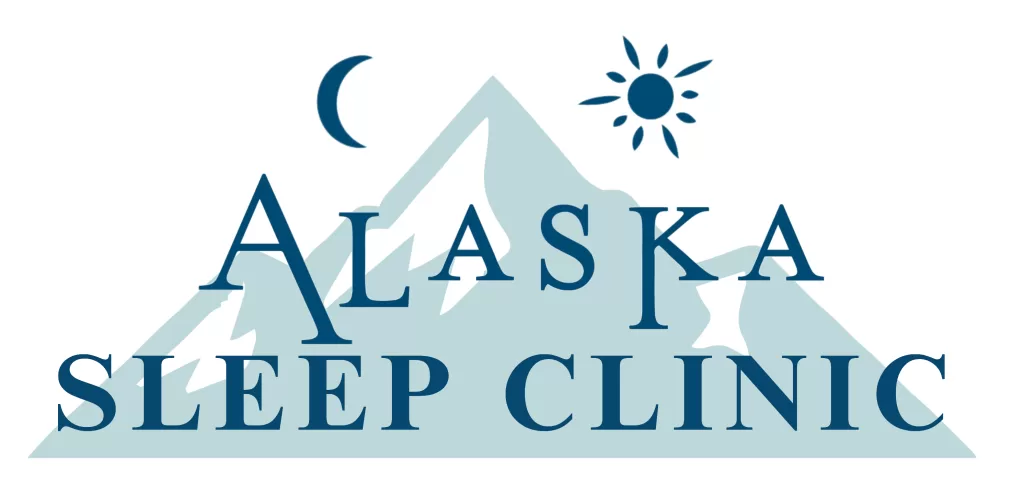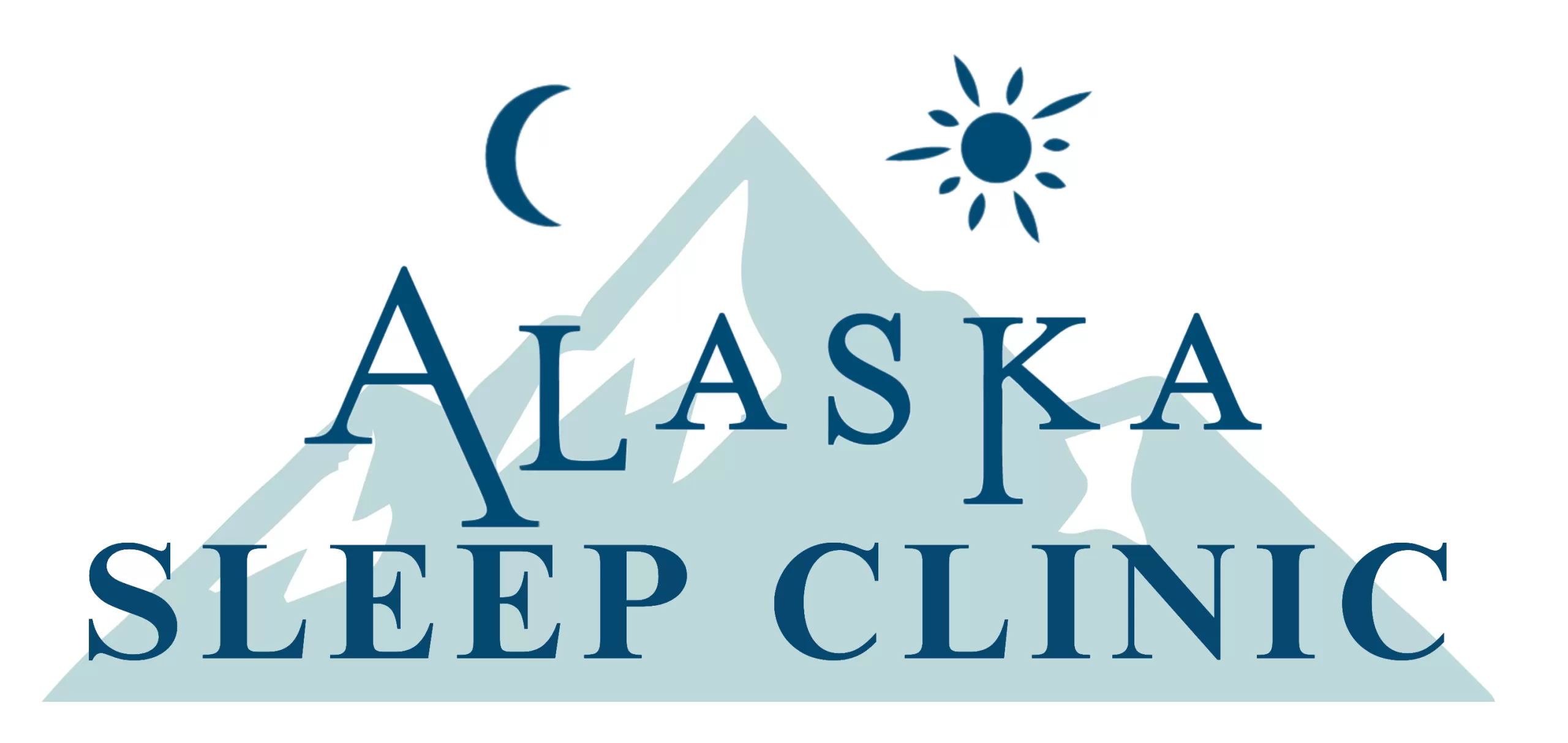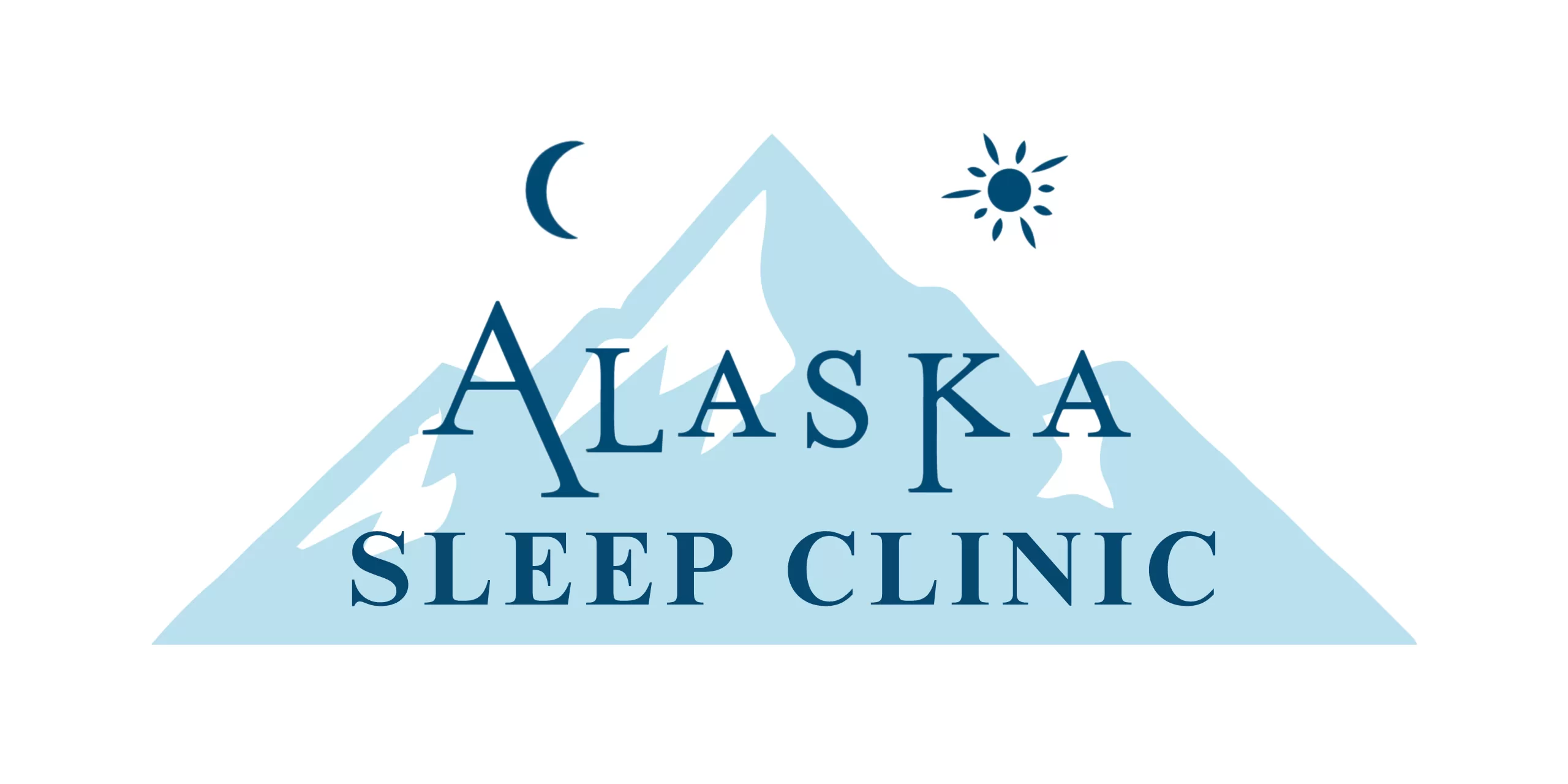
First, let’s look at the causes and patterns of sleep apnea. When the muscles in the back of your throat relax too much, they do not allow for normal breathing. The muscles support your mouth roof (soft palate), the hanging tissue from the soft palate (uvula), the tongue, and the tonsils.
When these muscles are relaxed, the airway narrows as you breathe, lowering the oxygen level in your blood and causing a buildup of carbon dioxide. Your brain is triggered by the impairment in breathing which rouses you from sleep. Snorting, choking, or gasping is correcting the problem with a few deep breaths.
Linking Sleep Apnea and Heart Attacks
One study conducted in 2021 found a high correlation between OSA and heart-related conditions. “OSA prevalence is as high as 40% to 80% in patients with hypertension, heart failure, coronary artery disease, pulmonary hypertension, atrial fibrillation, and stroke. Despite its high prevalence in patients with heart disease and the vulnerability of cardiac patients to OSA-related stressors and adverse cardiovascular outcomes, OSA is often underrecognized and undertreated in cardiovascular practice.”
Because heart disease is the leading cause of death in the United States, doctors are working hard to make a stronger case for untreated sleep apnea to prevent heart conditions that could be fatal.
According to heart.org, call 911 if you experience these heart attack symptoms:
Chest discomfort. Most heart attacks involve discomfort in the center of the chest that lasts more than a few minutes – or it may go away and then return. It can feel like uncomfortable pressure, squeezing, fullness or pain.
Discomfort in other areas of the upper body. Symptoms can include pain or discomfort in one or both arms, the back, neck, jaw or stomach.
Shortness of breath. This can occur with or without chest discomfort.
Other signs. Other possible signs include breaking out in a cold sweat, nausea or lightheadedness.
Symptoms of OSA
Developed in 2008, the STOP-Bang questionnaire was intended as a pre-screening tool for the obstructive sleep apnea (OSA) surgical population. However, its popularity grew to include sleep clinics, the general population, and other special populations for those at high risk for sleep apnea.
Snoring
Tiredness
Observed apnea
High blood pressure
In addition, the Mayo Clinic defines a number of symptoms to watch for with sleep apnea:
Snoring that disturbs your own sleep or a partner, spouse, or roommate
Waking up from sleep choking or gasping for air
Pausing in sleep your breaths (it may look like you are holding your breath)
Increasing daytime sleepiness that occurs at work, home, or in your car.
Although there is a lot of work ahead of researchers, trends in healthcare are finding an increase in obesity which increases the chances of sleep apnea diagnoses. If you have any questions or concerns regarding obstructive sleep apnea or any other sleep-related questions, feel free to contact The Alaska Sleep Clinic for further information and be on your way to getting the nightly rest you need.
Sleep duration is now considered an essential component for ideal heart and brain health. Life’s Essential 8™ cardiovascular health score replaces Life’s Simple 7™, according to a new Presidential Advisory, Life’s Essential 8—Updating and Enhancing the American Heart Association’s Construct on Cardiovascular Health, published today in Circulation, the Association’s flagship, peer-reviewed journal.
Other updates to the measures of optimal cardiovascular health, now for anyone ages 2 and older, include a new guide to assess diet; accounting for exposure to secondhand smoke and vaping; using non-HDL cholesterol instead of total cholesterol to measure blood lipids; and expanding the blood sugar measurements to include hemoglobin A1c, a key measure to assess Type 2 diabetes risk.
Cardiovascular disease is the number one cause of death in the U.S. and globally. According to the Association’s 2022 Heart Disease and Stroke Statistics Update, approximately 121.5 million people in the U.S. have high blood pressure, 100 million have obesity, more than 28 million people have Type 2 diabetes, and only 1 in 4 adults reported achieving the physical activity and exercise recommended in the U.S. Department of Health and Human Services’ Physical Activity Guidelines for Americans, 2nd edition. Various research studies over the past two decades indicate more than 80% of all cardiovascular events may be prevented by a healthy lifestyle and management of known cardiovascular risk factors, including poor sleep.
If you believe you may have sleep apnea and are concerned about the health risks associated with the disorder, discuss your symptoms with your primary physician and ask if a sleep study is right for you. And if you live in Alaska be sure to ask them about having your study performed at The Alaska Sleep Clinic, or contact us for a free 10-minute phone consultation by clicking the link below.












